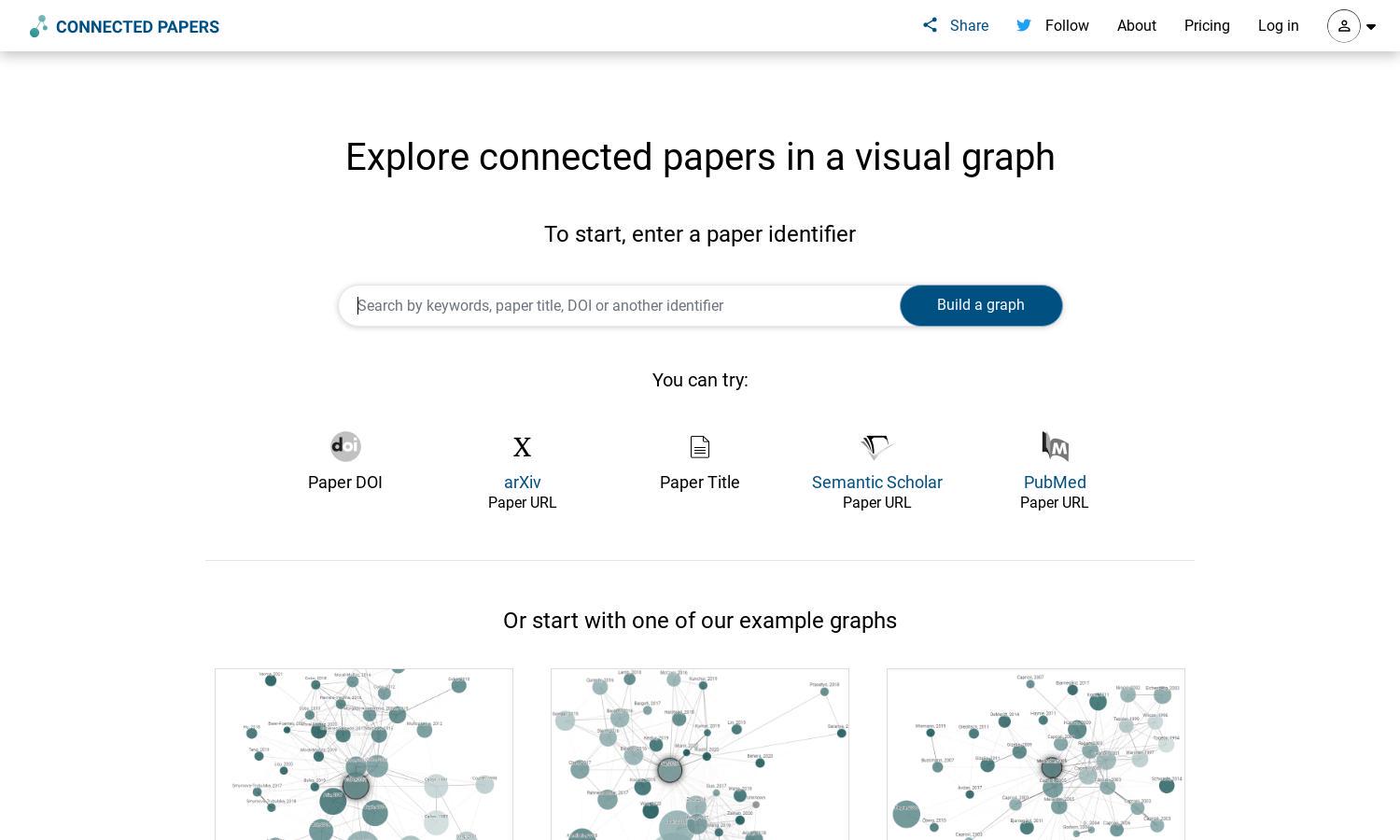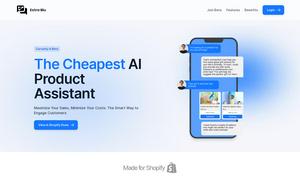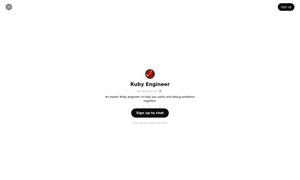Connected Papers

About Connected Papers
Connected Papers is designed to assist researchers and applied scientists in visually exploring academic papers. It constructs a graph of related works based on a chosen paper, providing insights into trends and influential publications. With its intuitive interface, Connected Papers greatly enhances literature discovery and understanding.
Connected Papers offers free access to its core features, with potential premium plans for advanced functionalities. Users can upgrade for enhanced capabilities, allowing deeper exploration and utilization of visual tools for academic paper management. Special discounts may be available periodically for institutional users.
The user interface of Connected Papers is designed for seamless navigation and exploration of academic literature. Its layout provides intuitive access to visual graphs, enhancing the browsing experience and enabling users to easily identify key works and relationships within their research fields.
How Connected Papers works
Users begin by entering a paper’s title or relevant keyword in Connected Papers. The platform then generates a visual graph showcasing similar research papers, categorized by their relevance and connections. Users can effortlessly explore these relations, add new papers, and refine their understanding of the academic landscape, making literature reviews and citation generation more efficient.
Key Features for Connected Papers
Visual Graph Generation
Connected Papers uniquely constructs visual graphs of academic papers based on user input, allowing researchers to discover and explore related works intuitively. This feature aids in understanding the connections and trends within any research field, enhancing the user experience of discovering relevant literature.
Prior and Derivative Works View
Connected Papers offers dedicated views for Prior and Derivative Works, helping users identify foundational literature and recent advancements in their fields. This feature streamlines the research process, allowing users to gather comprehensive perspectives and ensure they are not missing critical insights.
Bibliography Creation Assistance
The bibliography creation feature of Connected Papers assists users in compiling references for their theses or research. By leveraging the tool’s visual graphs, researchers can efficiently fill in gaps and discover additional relevant works, ensuring a comprehensive and impactful bibliography.
You may also like:








